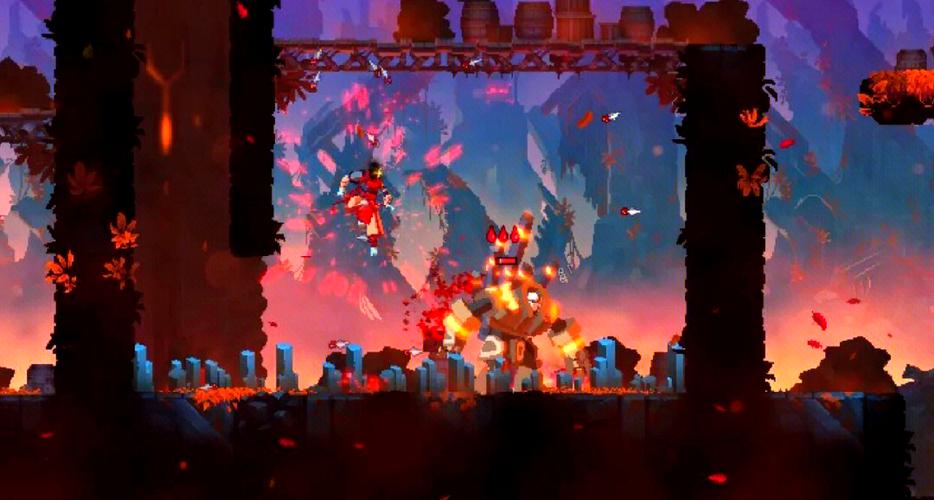Understanding the Revenue Streams of Steam Games
Steam, the leading digital distribution platform for PC games, has revolutionized the way games are bought, sold, and played. But how exactly do these games generate revenue? Let’s delve into the various methods that developers and publishers use to monetize their creations on Steam.
1. Sales and Discounts
One of the most straightforward ways Steam games make money is through sales. Developers and publishers often release their games at a regular price, but they also offer discounts periodically. These discounts can be seasonal, such as during Black Friday or Steam’s own sales events like the Summer and Winter sales. By lowering the price, they attract more customers who might not have purchased the game at its original price.

Steam also provides tools for developers to create their own sales, such as the ability to set a discount percentage or offer a bundle deal. This flexibility allows developers to tailor their sales strategies to their specific needs.
2. Early Access and Crowdfunding
Many games on Steam are released in Early Access, allowing players to purchase and play the game before it’s fully completed. This model can be quite lucrative for developers, as it provides them with revenue while they continue to work on the game. Early Access games often see a surge in sales as players are eager to support the development process.
In addition to Early Access, crowdfunding platforms like Kickstarter and Indiegogo have become popular for game developers. By presenting their game ideas to potential backers, developers can raise funds to finance the game’s development. Once the game is released, these backers often receive special rewards, such as early access or exclusive in-game items.
3. In-Game Purchases
In-game purchases have become a significant source of revenue for Steam games. These purchases can range from cosmetic items, such as skins or character customization options, to in-game currency or power-ups that enhance gameplay. Many games implement a “freemium” model, where the base game is free to download and play, but players can spend real money to unlock additional content or features.

Steam provides various tools for developers to implement in-game purchases, such as the Steam Workshop, which allows players to create and share custom content like skins, maps, and mods. This not only generates revenue through the sale of these items but also fosters a community around the game.
4. Subscriptions
Some Steam games offer a subscription model, where players pay a recurring fee to access the game and its content. This model is particularly popular for multiplayer games, as it provides a steady revenue stream for developers. Subscriptions often include additional benefits, such as early access to new content or exclusive events.
Steam also offers the Steam Subscriptions service, which allows players to purchase a monthly subscription to a selection of games. This service provides a convenient way for players to access a variety of games without having to purchase each one individually.
5. Advertising
While not as common as other revenue streams, advertising can still play a role in generating revenue for Steam games. Developers can integrate ads into their games, either as in-game billboards or as pre-roll or mid-roll video ads. Some games may also offer ad-free versions for a higher price, allowing players to choose between free content with ads or a paid ad-free experience.
6. Licensing and Distribution Deals
For successful games, licensing and distribution deals can be a significant source of revenue. Publishers may offer to distribute a game on Steam in exchange for a share of the profits. This can be particularly beneficial for independent developers who may not have the resources to market and distribute their games on their own.
Additionally, successful games may be licensed for other platforms, such as consoles or mobile devices. This can further expand the game’s audience and generate additional revenue streams.
7. Community and Merchandise
Building a strong community around a game can also lead to additional revenue opportunities. Developers can create merchandise, such as t-shirts, posters, and figurines, featuring their game’s characters and artwork. This not only generates revenue but also fosters a sense of loyalty and connection among fans.
Steam also provides tools for developers to create and manage their own online stores, allowing them to sell merchandise directly to their audience.
8. Data and Analytics
Lastly, developers can leverage data and analytics to optimize their revenue streams. By analyzing player behavior, developers can identify which in-game items are most popular and adjust their pricing or marketing strategies accordingly. This data-driven approach can help maximize revenue and improve the overall player experience.
In conclusion, Steam games generate revenue through a



